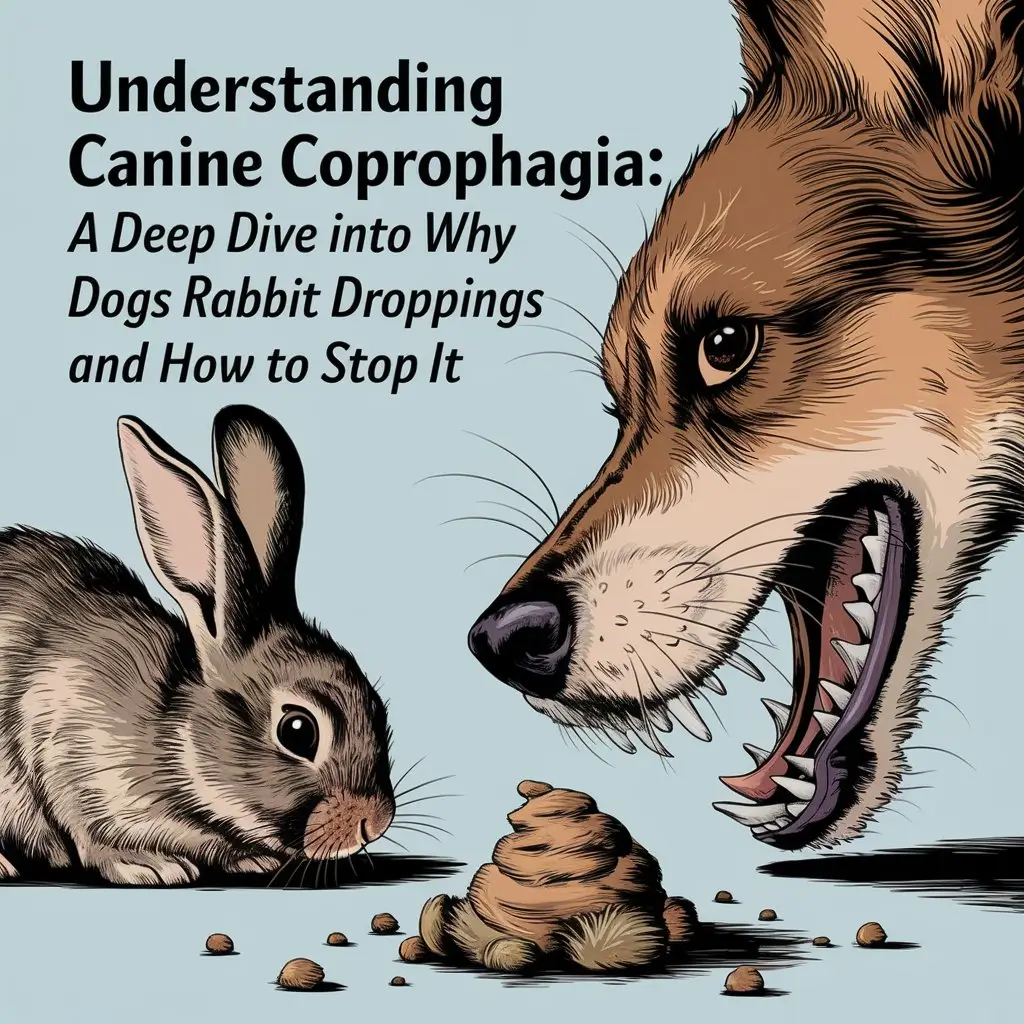
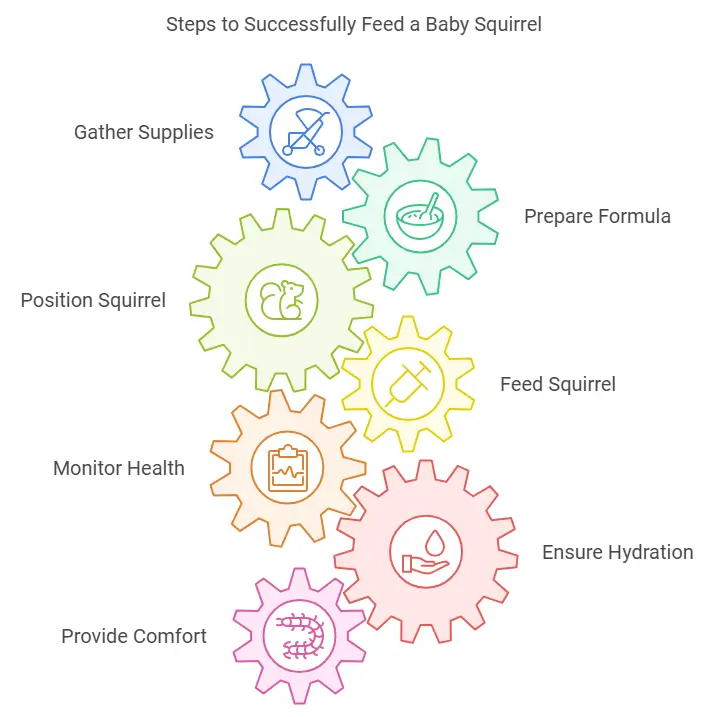
This document serves as a comprehensive guide for caregivers who find themselves responsible for feeding and caring for a baby squirrel. It outlines the essential steps to take from the initial feeding preparation to the weaning process, ensuring that caregivers are well-informed and equipped to provide the best care possible. Emphasizing the importance of professional guidance, this guide covers everything from hydration and feeding techniques to introducing solid foods and eventual release back into the wild.
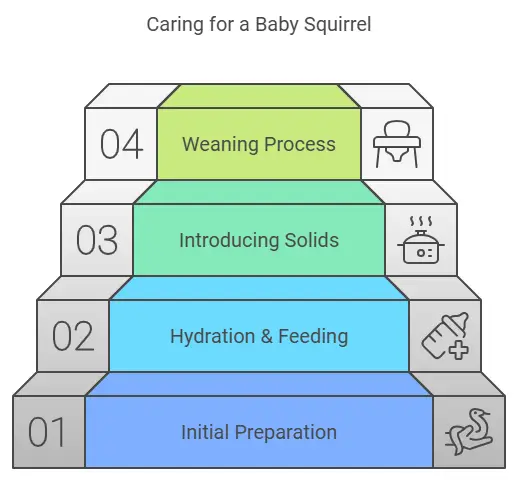
Part 1: Preparing for the Initial Feeding
1. Contacting a Wildlife Rehabilitator
Before taking in a baby squirrel, it is crucial to contact a wildlife rehabilitator. These professionals can assess the squirrel’s specific needs and offer guidance on appropriate care. Additionally, they can inform you of any legal considerations regarding the care of wildlife.
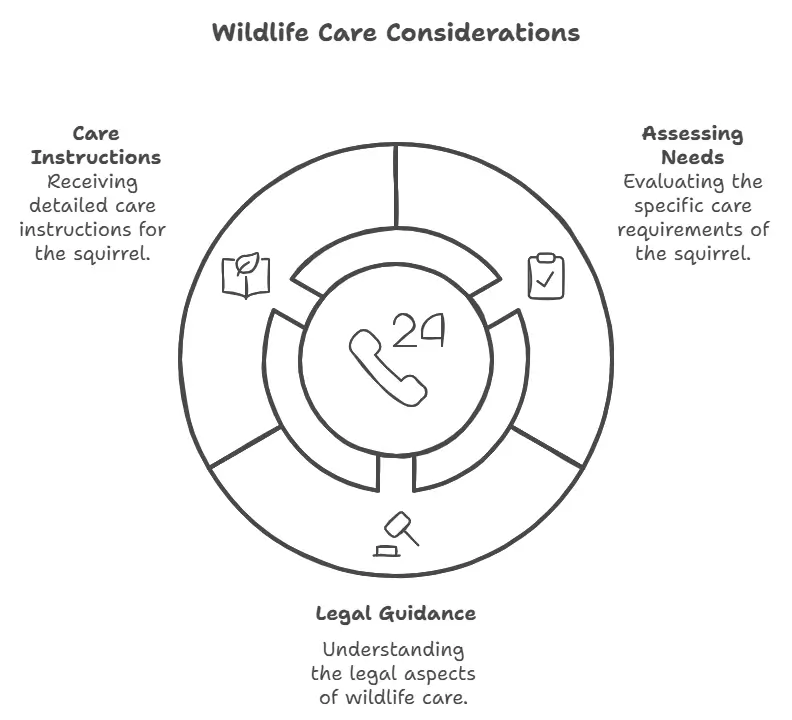
2. Picking Up and Sheltering the Baby Squirrel
When you find a baby squirrel, gently pick it up using a soft cloth to avoid injury. Create a temporary nest using soft nesting material, such as fleece or cotton, and place a heating pad underneath to maintain warmth, as baby squirrels are unable to regulate their body temperature.
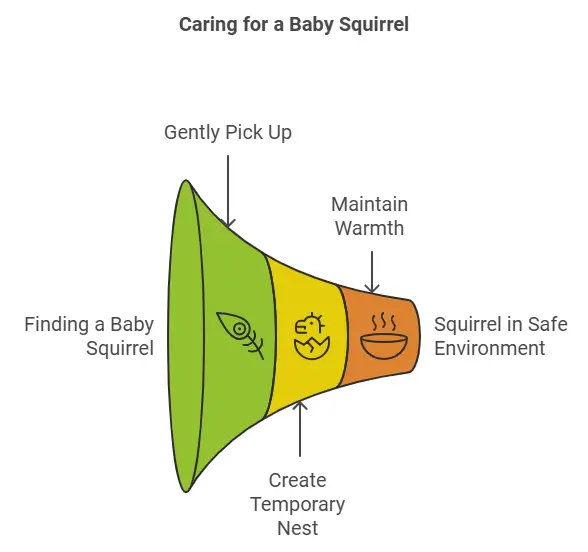
3. Checking for Dehydration
To assess for dehydration, gently pinch the skin on the back of the squirrel’s neck. If the skin does not return to its original position quickly, the squirrel may be dehydrated. Recognizing dehydration is vital, as it can be life-threatening, and rehydration solutions may be necessary.
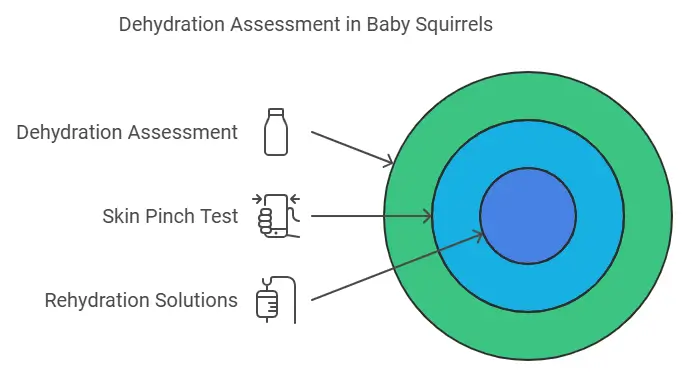
4. Rehydrating Solutions
For rehydration, options include Pedialyte, water, or a homemade electrolyte mixture. It is important to note that these solutions are intended solely for rehydration and should not replace regular feeding.

5. Milk Replacement Formula
Prepare a milk replacement formula using powdered puppy milk replacer, distilled water, and either whipping cream or yogurt. Mix according to the instructions on the milk replacer packaging and store it properly to ensure freshness.
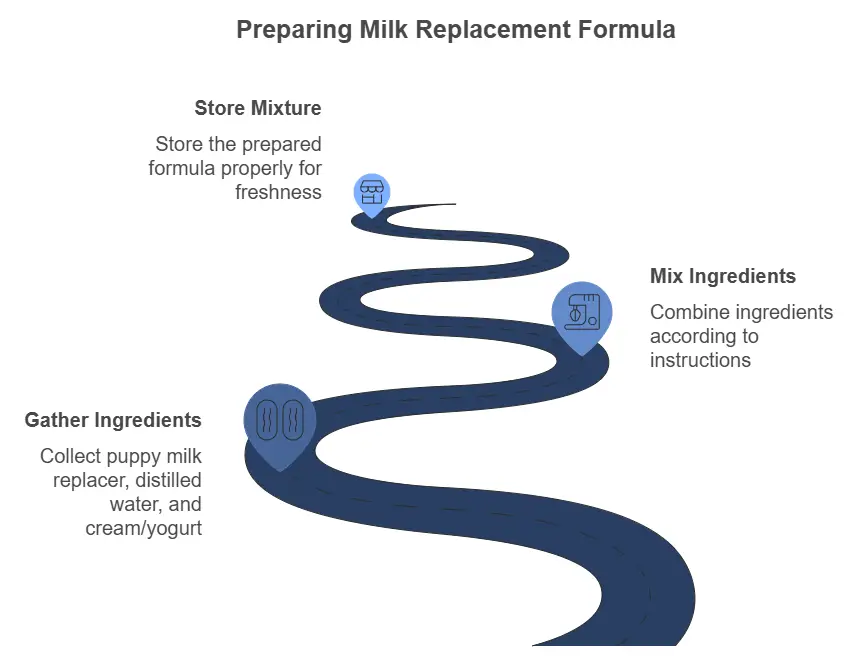
6. Warming the Feeding Solution
To warm the feeding solution, use an oral syringe and microwave it briefly. Always test the temperature on your wrist to ensure it is warm but not hot, as overheating can burn the squirrel.
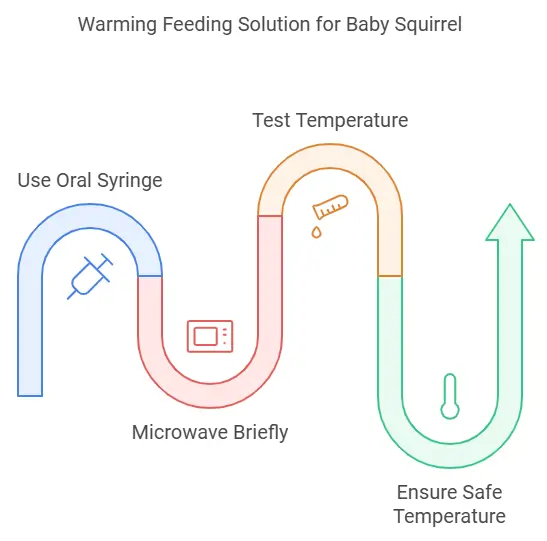
Part 2: Feeding the Right Amount in the Right Way
1. Determining Feeding Amounts
Feeding amounts should be based on the baby squirrel’s age and development. It is essential to follow the wildlife rehabilitator’s recommendations, which may include general age-based guidelines for feeding.
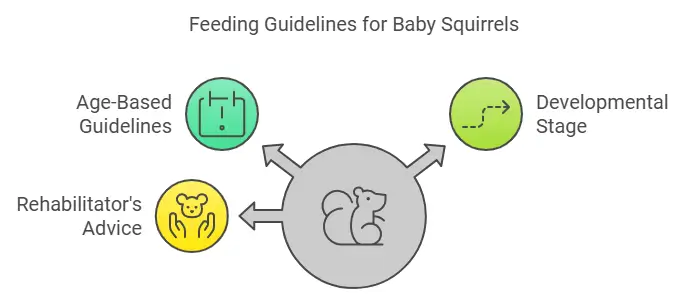
2. Proper Feeding Techniques
Hold the baby squirrel in an upright position during feeding to prevent aspiration. Use gentle handling techniques and ensure your hands are clean to minimize the risk of infection.
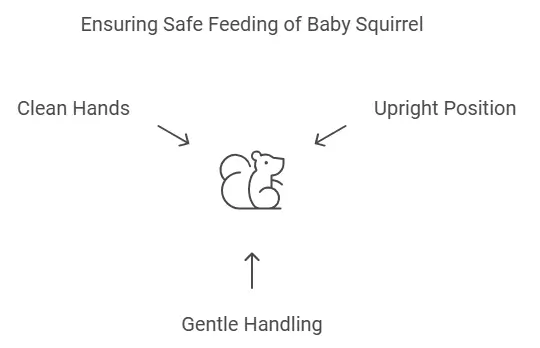
3. Feeding Speed and Aspiration Prevention
Feed the squirrel slowly to prevent choking and aspiration, especially in newborns. Watch for visual cues that indicate feeding issues, and be prepared to adjust your technique if necessary.

4. Bowel Stimulation for Newborns
Newborn squirrels require bowel stimulation after each feeding to help them eliminate waste. Use a damp cotton ball or swab to gently stimulate the area around the anus.
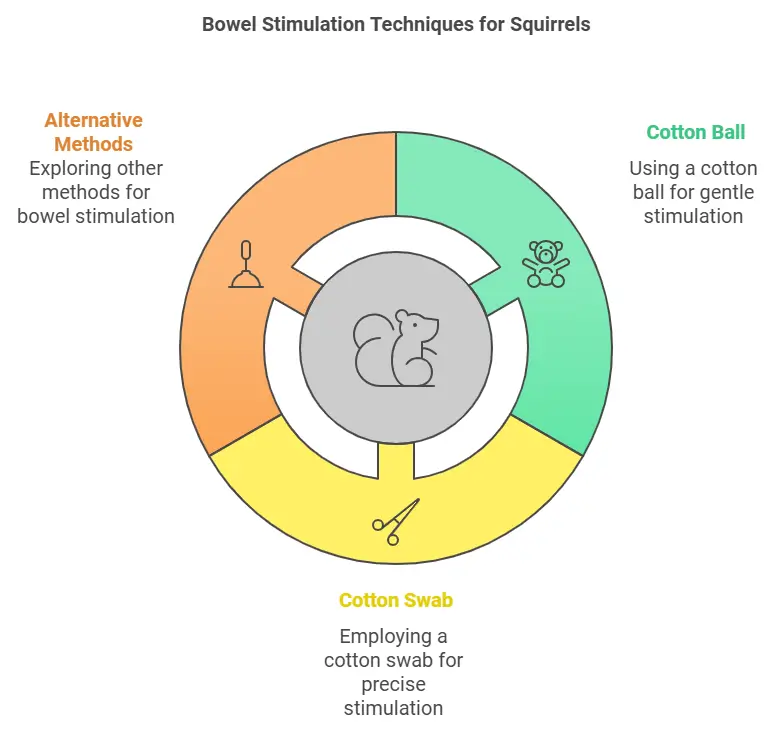
5. Addressing Feeding Problems
If you encounter feeding problems, such as gagging or a lack of interest in food, contact the wildlife rehabilitator immediately. Professional intervention is crucial in these situations.

Part 3: Weaning a Baby Squirrel
1. Choosing the First Solid Food
When it’s time to introduce solid food, consult the wildlife rehabilitator for recommendations. Typically, packaged feeding blocks designed for rodents or specifically for squirrels are appropriate.
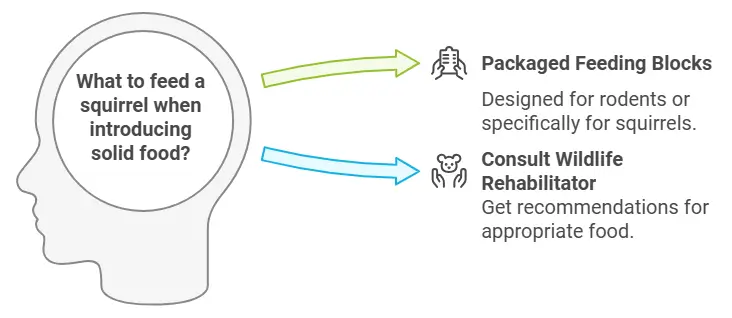
2. Introducing Solid Food
Solid food can be introduced when the squirrel’s eyes open, usually around 4-5 weeks of age. Place the feeding block in the enclosure and ensure a fresh water source is available.
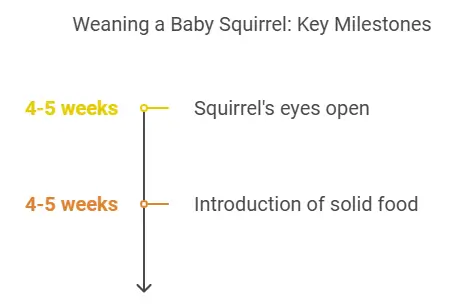
3. Continuing Formula Feeding
Maintain the regular formula feeding schedule until the squirrel shows disinterest, generally around 7-10 weeks of age. Gradually transition from formula to solid food to ensure a smooth weaning process.
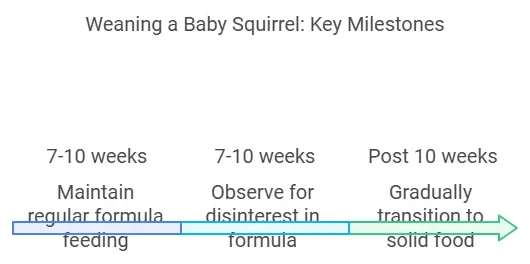
4. Introducing Other Healthy Foods
Slowly introduce a variety of healthy foods, such as dark leafy greens, seeds, nuts, and fruits, one at a time. Monitor the squirrel’s reaction to each new food and watch for any digestive issues.
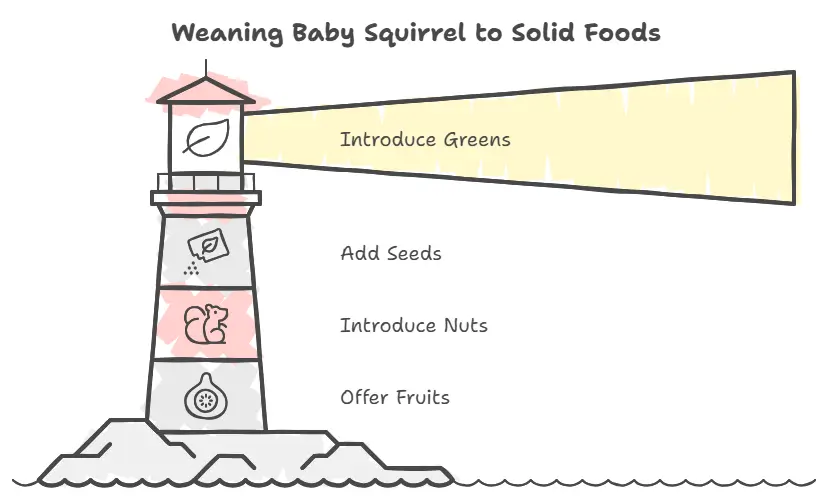
5. Releasing the Squirrel into the Wild
When the squirrel is fully weaned, professional guidance is essential for its release back into the wild. Contact the wildlife rehabilitator for advice on the transition process, as keeping a squirrel as a pet can pose significant challenges.
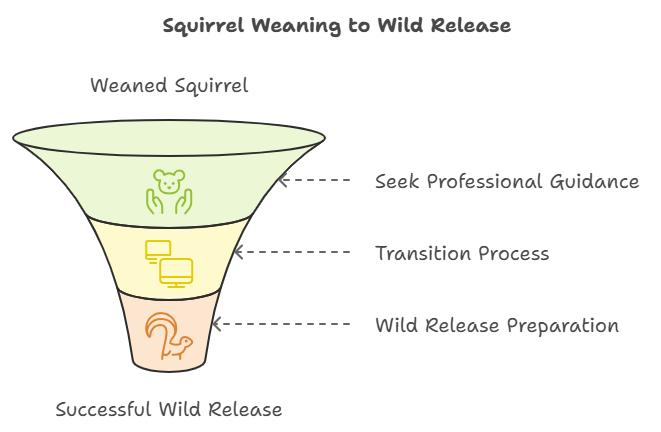
This guide aims to provide caregivers with the necessary knowledge and resources to ensure the health and well-being of baby squirrels in their care. Always prioritize professional advice and intervention when needed.
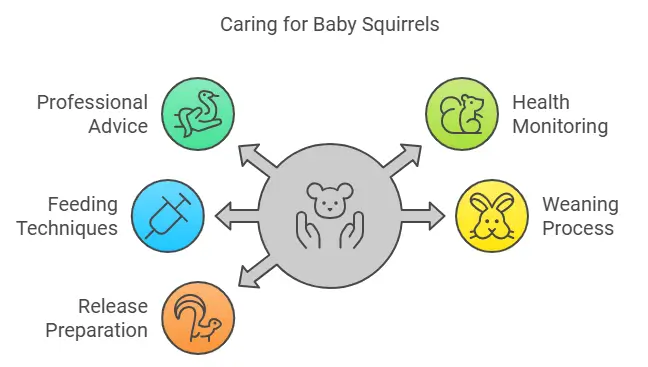
Discover more from TEESHSH COOL
Subscribe to get the latest posts sent to your email.

